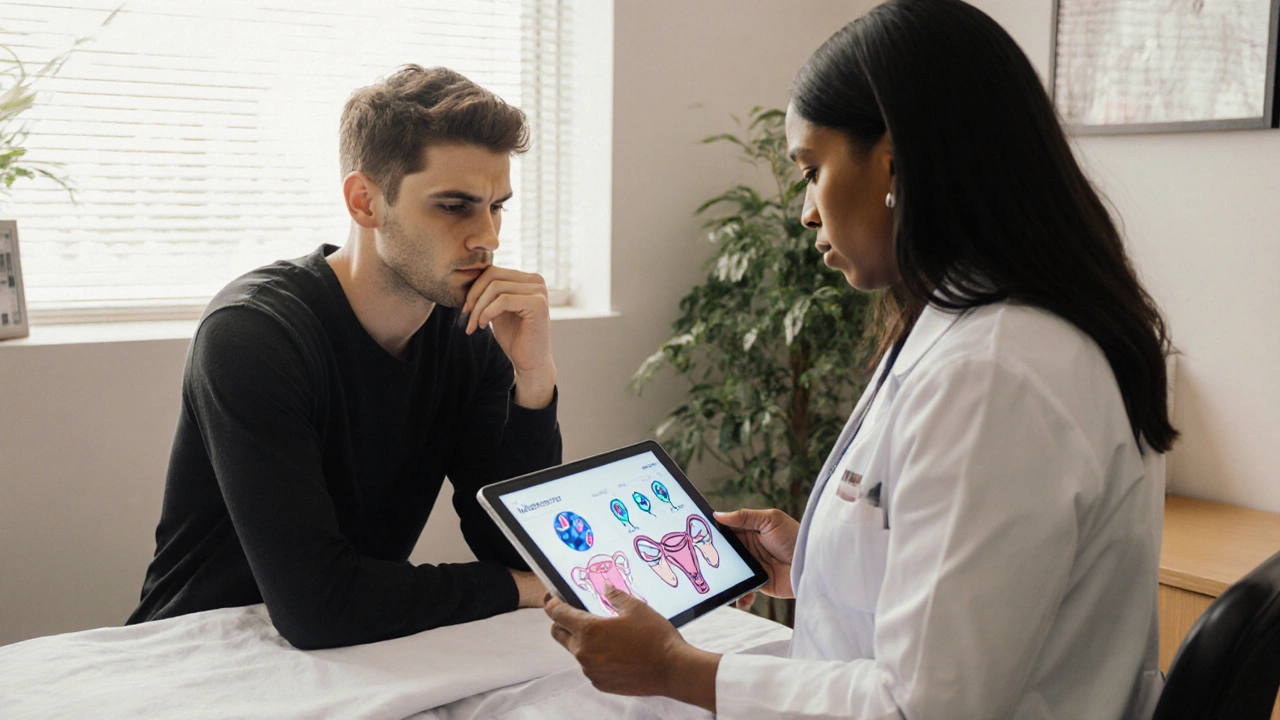Gonorrhea: Everything You Need to Know
When dealing with Gonorrhea, a bacterial infection transmitted through sexual contact. Also known as the clap, it is caused by Neisseria gonorrhoeae and belongs to the group of Sexually Transmitted Infections (STIs). Standard antibiotic treatment can clear the infection in most cases. Understanding gonorrhea helps you recognize risks early.
Gonorrhea includes symptoms such as painful urination, abnormal discharge, and swelling in the genital area; many people, however, experience no signs at all. Because symptoms can be vague or absent, accurate diagnosis requires laboratory testing—usually a urine sample or a swab examined by nucleic acid amplification. Once confirmed, the recommended antibiotic regimen typically involves a single dose of ceftriaxone combined with azithromycin to tackle possible co‑infections. Resistance patterns are evolving, so health providers often adjust therapy based on local guidelines. Prompt treatment not only eradicates the bacteria but also prevents complications like pelvic inflammatory disease, infertility, and increased HIV susceptibility. In short, proper testing leads to effective antibiotic therapy, which in turn breaks the chain of transmission.
Prevention relies on safe sexual practices: consistent condom use, regular STI screening for sexually active individuals, and open communication with partners. Public health programs emphasize partner notification, so untreated contacts can receive timely care and reduce community spread. Vaccines are not yet available, making education and early detection the best tools we have. Below you’ll find a curated list of articles that dive deeper into each aspect—symptom identification, testing options, treatment updates, and practical prevention strategies—so you can stay informed and take control of your health.
Learn how gonorrhea can lead to erectile dysfunction, its symptoms, diagnosis, treatment, and prevention tips for men seeking clear, expert advice.

